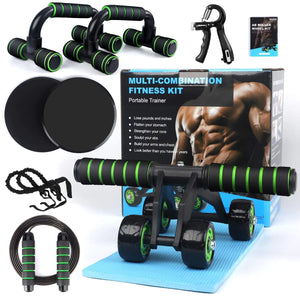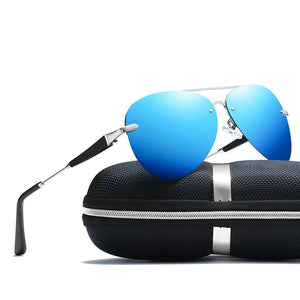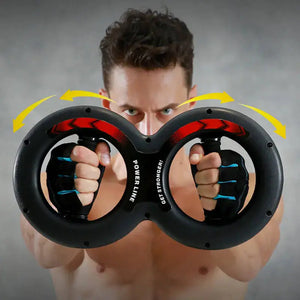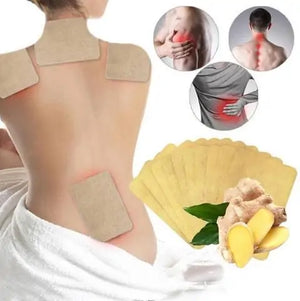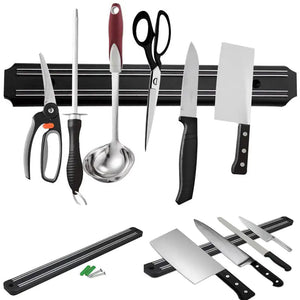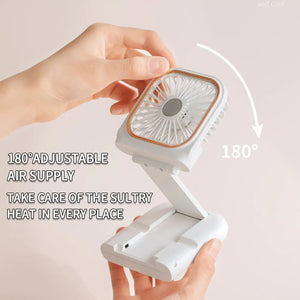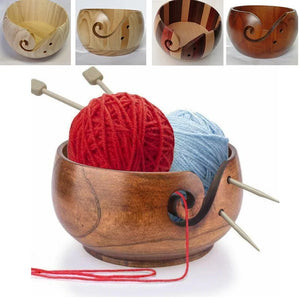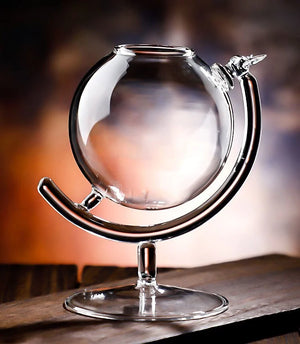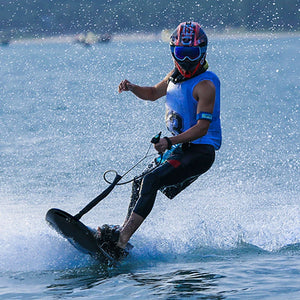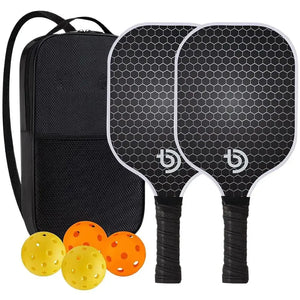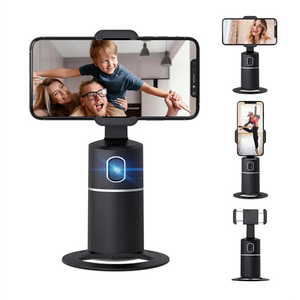
A growing number of people are turning to rucking – walking with a weighted vest or backpack – as a practical, low-impact way to build strength, improve endurance, and support long-term health.
Originally a military conditioning practice, rucking is now enjoying mainstream popularity as part of a broader movement toward sustainable fitness routines that emphasize longevity over intensity.
This has led the staff at Nifty Cool Stuff – our online lifestyle store – to take a closer look.
What Is Rucking?
At its core, rucking is simple: it’s walking while carrying added weight. This might mean filling a backpack with books or water bottles, or wearing a purpose-made weighted vest.
The idea comes from military training, where soldiers routinely march long distances while carrying heavy packs. In the civilian world, rucking offers a more accessible form of resistance training , one that doesn’t require a gym membership or specialized equipment to get started.

While the concept is straightforward, its benefits are far-reaching. Rucking provides cardiovascular exercise with the added load promoting muscle engagement, especially in the core, back, shoulders, and legs. It also increases caloric burn without the high impact of running or weightlifting, making it an ideal activity for those looking to stay active without stressing joints.
Why Rucking Is Gaining Ground
In recent years, rucking has found favor among wellness influencers, fitness communities, and casual exercisers alike. Outdoor fitness groups, virtual walking clubs, and social media trends have helped push the activity into the spotlight.
It’s attractive because it’s versatile – it can be done alone, with friends, or as part of a group – and scalable, suitable for people at all fitness levels.

For beginners, getting started can be as easy as walking with a lightly loaded backpack. Experts suggest beginning with 5% to 10% of your body weight and increasing gradually as strength and endurance improve.
For someone weighing 160 pounds, that means starting with 8 to 16 pounds, which is about the equivalent of a few large water bottles or a stack of magazines.
The Benefits of Rucking
Rucking offers a combination of aerobic and resistance training, which is especially beneficial as we age.
Walking with added weight helps increase bone density, which can prevent conditions like osteoporosis. It also challenges the muscles in the lower body and core, making it a functional workout that translates directly to everyday movements like climbing stairs, carrying groceries, or lifting children.

Interestingly, some smaller studies have shown that rucking may be particularly effective for older women, helping to increase both strength and stamina. And unlike traditional weightlifting, which can be intimidating or physically demanding for some, rucking is gentle and can be easily modified.
Another advantage is mental: rucking gets people outside.
Whether done in a park, on a hiking trail, or around the neighborhood, it combines movement with fresh air and a change of scenery, all of which are known to boost mood, reduce stress, and support mental clarity.

Gear and Safety Considerations
As the popularity of rucking grows, so does the market for related gear. Sales of weighted vests have surged, with some vests priced as low as $30 and others exceeding $250.
More serious enthusiasts may invest in rucking-specific backpacks with reinforced frames, breathable materials, and weight plates designed for stability.

However, safety is a critical part of the practice. Poor posture, uneven weight distribution, and overloading too soon can lead to strain on the neck, shoulders, or lower back.
Health professionals recommend paying close attention to how the body feels during and after a ruck. Adjusting the position of the weight, stretching post-walk, and progressing slowly can all help prevent injury.
Maintaining good form is also key:
- Keep the core engaged,
- Keep the shoulders pulled back, and
- Keep the head up.
Breathing deeply and evenly is important, too. Avoid the shallow chest breathing that can come from compressing the torso with too much weight or tight gear.

Rucking as a Lifestyle
For some, rucking isn’t just exercise. It becomes part of their daily routine. Keeping a pre-packed bag by the door makes it easy to throw on some weight for a short walk or even while doing chores around the house.
Others discover that daily life already involves rucking: carrying a baby in a front pack, for instance, is a form of progressive resistance training in disguise.

What makes rucking so appealing is its adaptability. It doesn’t demand high levels of fitness or intense discipline to begin, yet it offers a wide range of benefits, from improved muscle tone to better balance and cardiovascular health.
As people look for smarter, more sustainable ways to stay fit, rucking offers a practical and effective solution one step at a time.

Nifty Cool Stuff has a number of backpacks and personal carriers in stock, so if rucking is something that could fit into your lifestyle, we invite you to give us a click and see which of them could be right for you.









